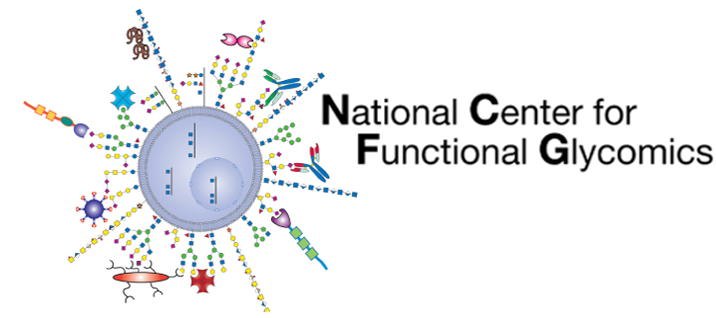McKitrick T, Hanes M, Rosenberg C, Heimburg-Molinaro J, Cooper M, Herrin B, Cummings R. Identification of Glycan-Specific Variable Lymphocyte Receptors Using Yeast Surface Display and Glycan Microarrays. Methods Mol Biol. 2022;2421:73–89.
Abstract
The jawless vertebrates (lamprey and hagfish) evolved a novel adaptive immune system with many similarities to that found in the jawed vertebrates, including the production of antigen-specific circulating antibodies in response to immunization. However, the jawless vertebrates use leucine-rich repeat (LRR)-based antigen receptors termed variable lymphocyte receptors (VLRs) for immune recognition, instead of immunoglobulin (Ig)-based receptors. VLR genes are assembled in developing lymphocytes through a gene conversion-like process, in which hundreds of LRR gene segments are randomly selected as template donors to generate a large repertoire of distinct antigen receptors, similar to that found within the mammalian adaptive immune system. Here we describe the development of a robust platform using immunized lampreys (Petromyzon marinus) for generating libraries of anti-carbohydrate (anti-glycan) variable lymphocyte receptor B, or VLRBs. The anti-carbohydrate VLRBs are isolated using a yeast surface display (YSD) expression platform and enriched by binding to glycan microarrays through the anti-glycan VLRB. This enables both the initial identification and enrichment of individual yeast clones against hundreds of glycans simultaneously. Through this enrichment strategy a broad array of glycan-specific VLRs can be isolated from the YSD library. Subsequently, the bound yeast cells are directly removed from the microarray, the VLR antibody clone is sequenced, and the end product is expressed as a VLR-IgG-Fc fusion protein that can be used for ELISA, Western blotting, flow cytometry, and immunomicroscopy. Thus, by combining yeast surface display with glycan microarray technology, we have developed a rapid, efficient, and novel method for generating chimeric VLR-IgG-Fc proteins that recognize a broad array of unique glycan structures with exquisite specificity.
Last updated on 03/06/2023
